How to Make the Perfect Ravioli: the Mistakes You Need to Avoid
Ravioli are a must in Italian cuisine, but you have to know how to prepare them because mistakes are always around the corner. Here are all the mistakes not to make, from the dough to the cooking.

Ravioli are not just pasta, but they are a true Italian institution and beyond: they are also a very widespread preparation in the East. As far as the Italian tradition is concerned, it is the very first variety of stuffed pasta to be documented: the "rabule", in fact, are mentioned in a letter dating back to 1243. Since then ravioli have become a real must in everyone's cuisine, widespread in all Italian regions as a "Sunday dish", and each place has created its own very particular version, which differs in shape and importance.
Despite the infinite versions, however, the rules for preparing them in the right way always remain the same, and are inviolable: the slightest error in the dosage of the ingredients, or in the dosage of the filling, is enough to fail in the preparation. How to avoid disaster? Just follow some simple advice on the main mistakes to avoid, and you will never make a single mistake again, making a perfect impression on your family or guests.
1. Never Measure Out the Ingredients Incorrectly
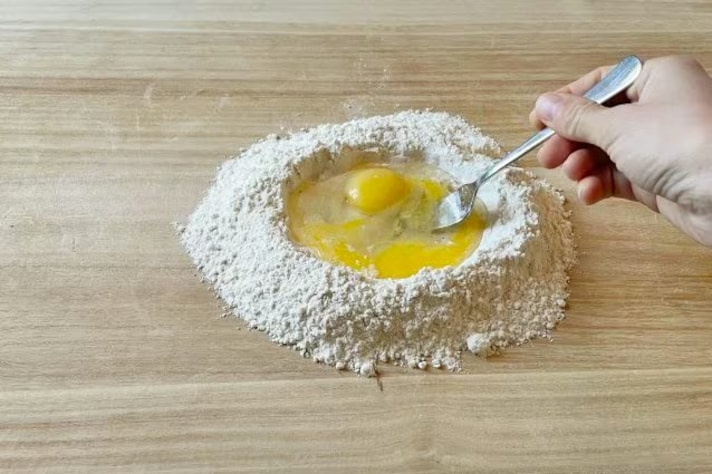
This applies to all fresh pasta, but even more so to filled pasta: the dough is essential for the perfect outcome of the final product. And how do you get the perfect dough? Dosing the ingredients correctly. The quantities indicated by the traditional ravioli recipe – the same regardless of the shape or filling that the ravioli will have – must be respected with extreme precision, and only in this way will you be able to avoid a dough that is too soft and difficult to work with or too dry, impossible to cook. Before even rolling out the dough, therefore, make sure you measure out the eggs and flour perfectly, and work them so that they blend together.
2. Never Roll the Dough Too Thin or Too Thick
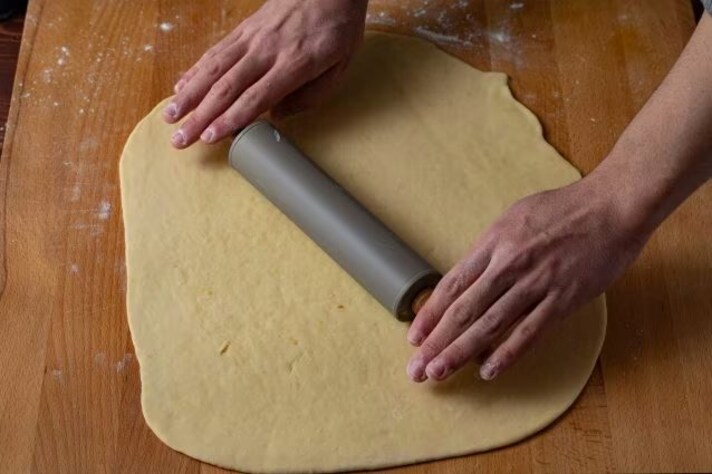
To prevent the ravioli from getting holes during cooking, the mistake you should not make is to roll the dough too thin. At the same time, it cannot be too thick either, otherwise it will be tough and inedible. This is why rolling the dough is a fundamental step in preparing ravioli. You can do it in two ways: roll the dough by hand with a rolling pin, or use the machine to roll the dough, which can be hand-cranked or electric. In both cases, the thickness of the ravioli should not exceed 1.5mm.
3. Never Fail to Consider the Humidity of the Dough

The beauty of ravioli is that they can be filled with whatever inspires you the most, although according to cooking manuals the perfect filling should always include a portion of vegetables to prevent it from becoming too dry. In any case, whatever the filling you choose, what you have to pay attention to is the humidity: if you choose a moist filling, for example based on vegetables or ricotta cheese, everything must be drained and squeezed very well, otherwise it would soften the dough too much until it pierces. A trick, in these cases, is to prepare a slightly thicker pastry than that used for drier fillings.
4. Never Form Air Bubbles
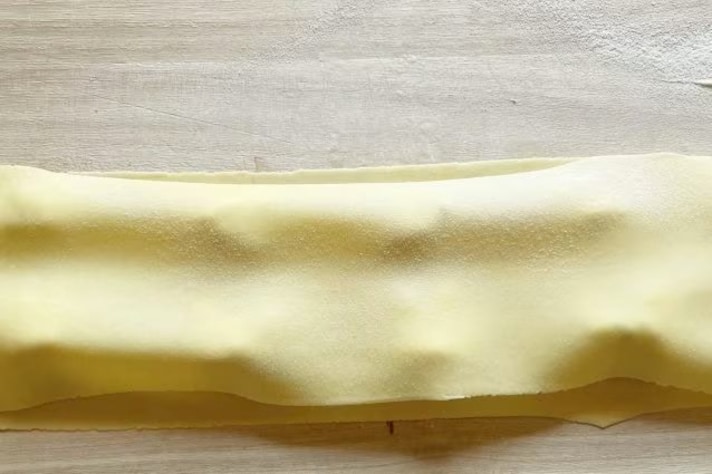
If rolling out the perfect puff pastry by hand is an art, closing ravioli is a real talent, which requires attention and concentration. This is a very delicate step in fact, because if you place the dough on the filling badly, air bubbles can form which would completely ruin the final result of your ravioli. To avoid this problem you must roll out the dough well, make it adhere perfectly and press it along the edges so that it does not create bulges.
5. Never Close the Ravioli Badly
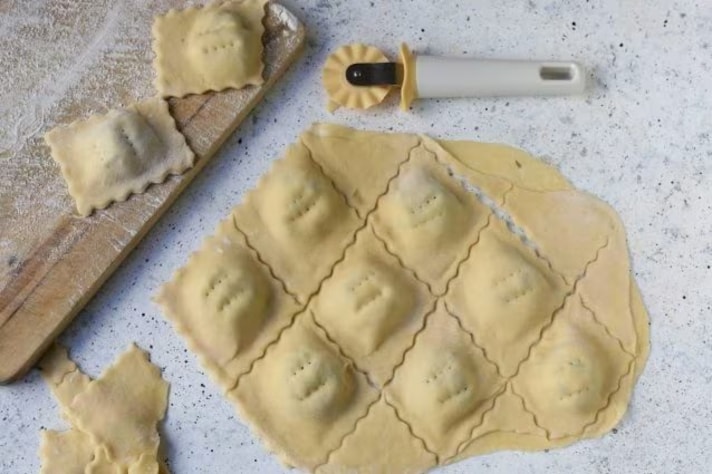
One of the most common mistakes made when preparing ravioli is making a mistake in sealing: if the ravioli are not sealed well, in fact, when it is time to cook they will pour out all of their filling, compromising the success of the preparation. How to avoid it? Just remember a trick: using a wet kitchen brush, moisten the lower sheet of dough row by row before placing the upper sheet of paper. This way the second sheet will adhere perfectly to the first thanks to the humidity, preventing the ravioli from sealing incorrectly.
6. What if You Use the Mold? Never Forget the Flour

If you use a special mold to create your ravioli, the biggest mistake you can make is not preparing it so that the ravioli dough doesn't stick to the mold. Avoiding this is very simple: just flour the mold with a fine mesh strainer before rolling out the lower sheet; in this way the sheet will come off without problems. Also remember to repeat the process for each ravioli you prepare.
7. Never Cook at an Excessive Boil
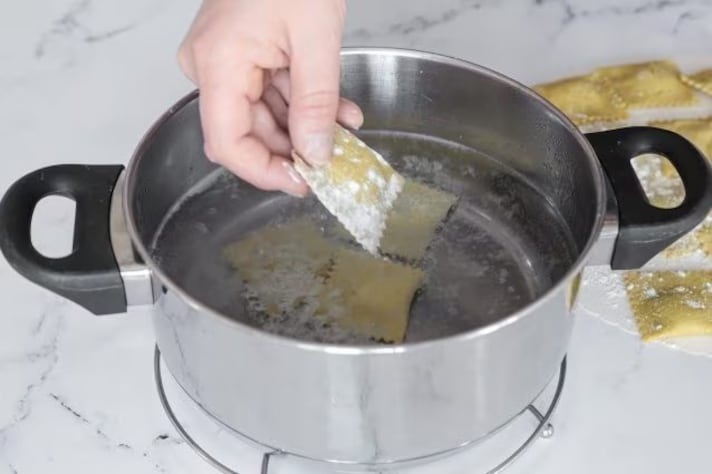
As you will have understood from the preparation process, ravioli are very delicate and even if you have rolled out the dough well and sealed them perfectly, they still risk being ruined during cooking. The main mistake that compromises them is cooking them at an excessive boil: the strong movement of the bubbles, in fact, could compromise their integrity. Better to cook them at a gentle boil, in a little water but in a large pan and a few at a time to avoid them touching each other.
;Resize,width=767;)
;Resize,width=712;)
;Resize,width=712;)
;Resize,width=712;)
